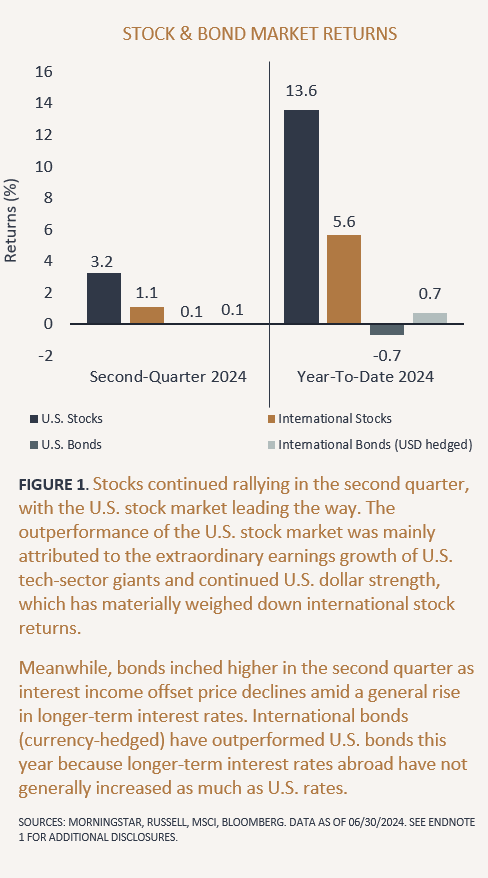Managing your money effectively doesn’t have to be complicated. One of the easiest and most popular budgeting methods is the 50/30/20 rule, a simple framework that helps you allocate your income wisely. Whether you’re just starting your financial journey or looking for a better way to manage your expenses, this guide will break down the 50/30/20 rule and help you apply it to your life.
What Is the 50/30/20 Rule?
The 50/30/20 rule is a budgeting method that divides your after-tax income into three main categories:
- 50% for Needs
- 30% for Wants
- 20% for Savings and Debt Repayment
This straightforward approach ensures that you’re covering essential expenses, enjoying your lifestyle, and preparing for the future—all without overcomplicating your finances.
Breaking Down the Rule
50% for Needs
Half of your income should go toward essentials—expenses that you must pay to maintain a basic standard of living. These include:
- Rent or mortgage payments
- Utilities (electricity, water, internet)
- Groceries
- Insurance (health, car, home)
- Minimum debt payments
- Transportation costs (gas, public transit, car payments)
If your essential expenses exceed 50% of your income, consider adjusting your lifestyle—perhaps by downsizing your living arrangements or finding ways to cut utility bills.
30% for Wants
This category covers discretionary spending—the things that enhance your life but aren’t necessities. Examples include:
- Dining out and entertainment
- Shopping for non-essential items
- Hobbies and recreational activities
- Streaming services and subscriptions
- Travel and vacations
Wants are important for maintaining a balanced and enjoyable life, but spending in this category should always be mindful and within limits.
20% for Savings and Debt Repayment
The remaining 20% of your income should go toward securing your financial future. This includes:
- Building an emergency fund
- Contributing to retirement accounts (401(k), IRA, etc.)
- Paying off high-interest debt (credit cards, personal loans)
- Investing for long-term wealth growth
Prioritizing savings and debt repayment helps you build financial stability and peace of mind.
How to Apply the 50/30/20 Rule
- Calculate Your After-Tax Income – This is your income after deductions like taxes and health insurance.
- Assess Your Current Spending – Review your expenses and categorize them into needs, wants, and savings.
- Adjust Your Budget – If your spending doesn’t align with the rule, make necessary changes to fit the framework.
- Use Budgeting Tools – Apps like Mint, YNAB, or PocketGuard can help you track and manage your finances.
- Stay Consistent and Reevaluate Regularly – Life circumstances change, so periodically revisit your budget to ensure it still works for you.
Final Thoughts
The 50/30/20 rule is a simple yet effective way to take control of your finances. By maintaining a balance between needs, wants, and savings, you can enjoy life today while securing a strong financial future. Start implementing this budgeting method today and watch your financial health improve!






Leave a Reply